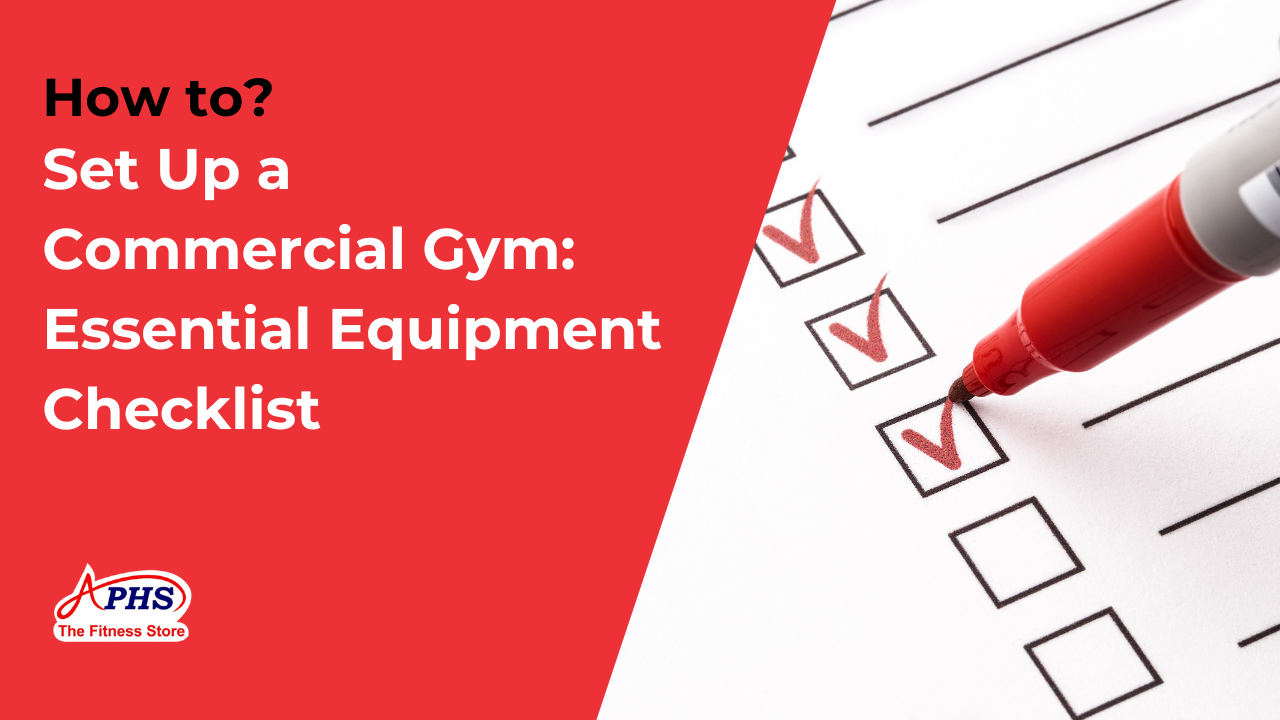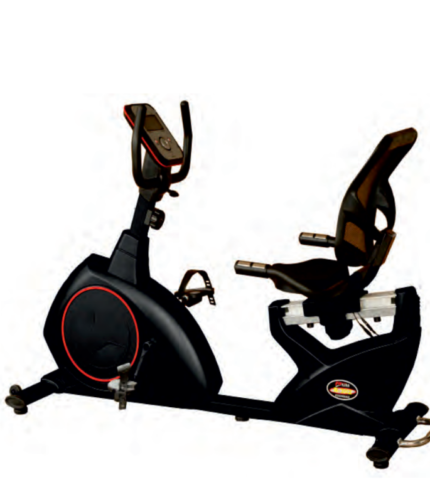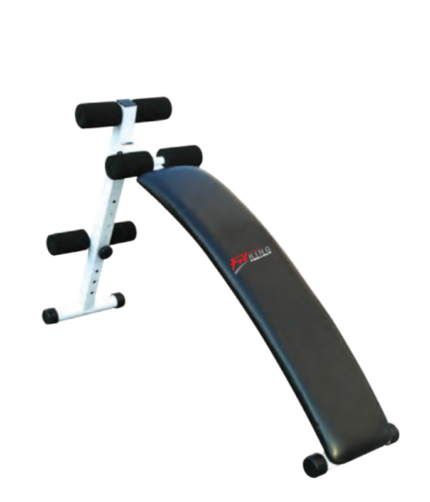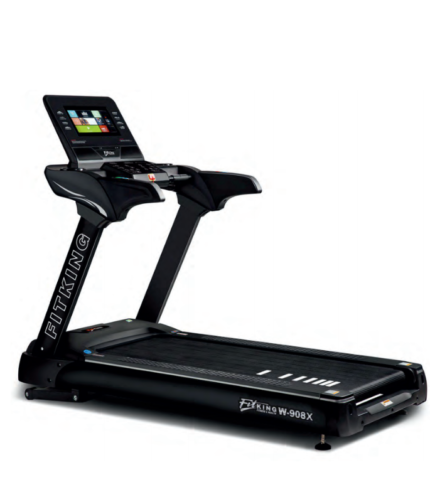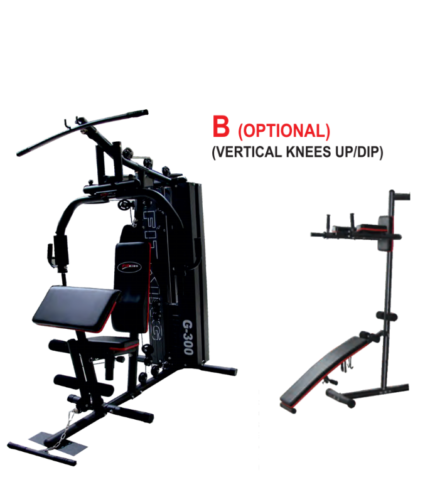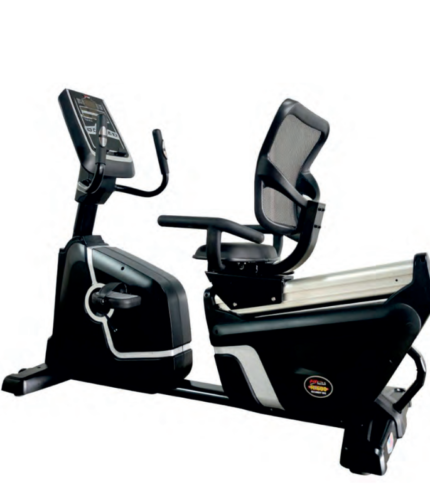Setting up a commercial gym is an exciting venture that requires careful planning and investment. The right equipment is crucial for attracting members and providing them with a quality fitness experience. This guide will walk you through the essential equipment checklist needed to create a successful commercial gym.
Understanding Your Gym’s Target Market
Before diving into equipment selection, it’s vital to understand your target market. Are you catering to beginners, serious athletes, or specific fitness classes? Knowing your audience will help tailor your equipment choices and offerings.
Key Considerations:
- Demographics: Age, fitness level, and preferences.
- Fitness Trends: Popular workout styles in your area (e.g., CrossFit, yoga, HIIT).
- Space Availability: The size of your gym will dictate the amount and type of equipment you can accommodate.
Essential Equipment Categories
To create a well-rounded gym, you’ll need to invest in various categories of equipment. Below is a breakdown of essential equipment types:
1. Cardio Equipment
Cardio machines are fundamental for any gym as they cater to members looking to improve their cardiovascular health. Here’s what you should consider:
| Equipment Type | Description | Estimated Cost |
| Treadmills | Essential for walking, jogging, and running workouts. | $2,000 – $10,000 each |
| Ellipticals | Low-impact machines suitable for all fitness levels. | $1,500 – $5,000 each |
| Stationary Bikes | Includes upright and recumbent models for varied workouts. | $500 – $3,000 each |
| Rowing Machines | Great for full-body workouts with low impact. | $500 – $2,500 each |
| Stair Climbers | Simulates stair climbing for an intense workout. | $2,000 – $5,000 each |
2. Strength Training Equipment
Strength training is key for building muscle and improving overall fitness. The following equipment is essential:
| Equipment Type | Description | Estimated Cost |
| Free Weights | Dumbbells, kettlebells, and barbells for versatile workouts. | $20 – $200 per piece |
| Weight Machines | Target specific muscle groups; ideal for beginners. | $1,500 – $5,000 each |
| Power Racks | Essential for safe barbell lifting; includes safety bars. | $500 – $1,500 each |
| Cable Machines | Versatile machines that allow for various exercises targeting different muscle groups. | $1,500 – $10,000 each |
| Smith Machines | Provides guided barbell movements; useful for strength training. | $1,500 – $3,000 each |
3. Group Fitness Equipment
If you plan to offer group classes or personal training sessions, consider the following:
| Equipment Type | Description | Estimated Cost |
| Yoga Mats | Essential for yoga and mat-based classes. | $10 – $50 each |
| Step Platforms | Versatile for aerobic and strength training classes. | $30 – $100 each |
| Group Cycling Bikes | For high-energy cycling classes; must be durable and comfortable. | $300 – $2,000 each |
| Resistance Bands | Affordable tools for strength training and rehabilitation exercises. | $10 – $50 each |
4. Accessory Equipment
Accessory items enhance the workout experience and provide additional training options:
| Equipment Type | Description | Estimated Cost |
| Foam Rollers | Essential for post-workout recovery and muscle relief. | $10 – $30 each |
| Medicine Balls | Great for core workouts and functional training exercises. | $20 – $100 each |
| Stability Balls | Useful for balance training and core workouts. | $20 – $50 each |
| Jump Ropes | Simple yet effective cardio tool; great for warm-ups. | $5 – $30 each |
Additional Considerations
Flooring
Investing in high-quality flooring is crucial for safety and durability:
- Rubber Flooring: Ideal for weightlifting areas.
- Foam Tiles: Great for group fitness classes.
- Carpet Tiles: Suitable for cardio areas.
Ventilation and Climate Control
A well-ventilated gym ensures comfort during workouts:
- Install air conditioning or heating systems.
- Consider air purifiers to maintain air quality.
Gym Management Software
Implementing management software is essential for smooth operations:
- Membership management
- Class scheduling
- Payment processing
Security Systems
Ensure the safety of your members with access control systems:
- Keycard entry systems
- Surveillance cameras
Budgeting Your Equipment Purchase
Setting a budget is critical when acquiring gym equipment:
- Initial Investment vs. Long-term Costs: Consider leasing vs. buying equipment based on your financial situation.
- Quality over Quantity: Focus on durable equipment that can withstand heavy usage.
- Look for Deals: Consider purchasing used or refurbished equipment to save costs.
Finding Reliable Suppliers
Choosing the right suppliers can significantly impact your gym’s success:
- Research multiple suppliers to compare prices and warranties.
- Look for suppliers that specialize in commercial-grade equipment.
- Read reviews from other gym owners about their experiences.
Setting Up Your Gym Layout
The layout of your gym affects member experience:
- Flow of Traffic: Ensure easy movement between areas (cardio, strength training).
- Zoning Areas: Designate specific zones for different types of workouts (e.g., free weights vs. machines).
- Accessibility: Ensure that all areas are easily accessible to all members.
Marketing Your New Gym
Once your gym is set up, it’s time to attract members:
- Social Media Campaigns: Use platforms like Instagram and Facebook to showcase your facilities.
- Promotional Offers: Consider offering discounted memberships during the opening phase.
- Community Events: Host open houses or fitness challenges to engage the community.
Conclusion
Setting up a commercial gym involves careful planning and investment in essential equipment that meets the needs of your target market. By following this checklist and considering factors like layout, budgeting, and marketing strategies, you can create a successful fitness facility that attracts and retains members.
With the right approach to equipping your gym and maintaining a welcoming environment, you’ll be well on your way to establishing a thriving business in the fitness industry!


